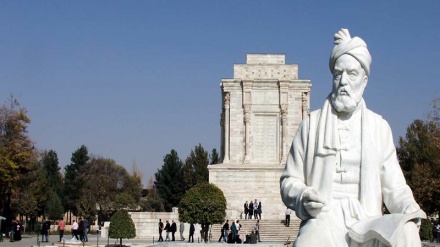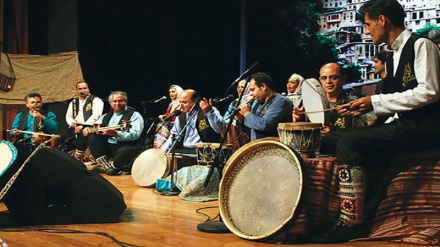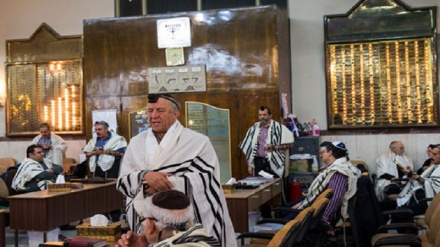Iran, land of various ethnicities (20)
In this edition you will become familiar with different kinds of breads baked by various Iranian ethnic groups and the status of bread among Iranians. But first you will hear a brief history of bread.
Bread is one of the oldest foods that human beings have made. It is said that bread was made for the first time in the Stone Age.
Preparation of bread was considered as an important part of cookery in ancient Greece and as it was used during religious ceremonies it had gained religious significance, too. At least since 1000 BC bread was an integral part of the European diet.
Sliced breads were made in 1912 for the first time. These breads were not popular at first as people thought that they would go stale very soon. But in 1928 when these breads were cut and packed people liked them.
For long years rich people used to consume white bread and the poor would consume dark bread. The white bread was considered to have high quality hence it was expensive. But in the 20th century the mentality changed for science proved that the white bread was less nutritious.
In Iran, like in other parts of the world, bread maintains a lofty status and importance. According to the Islamic teachings, Iranians believe that bread is a divine blessing and should receive due respect. Wheat is the most important nutritious substance. From the viewpoint of protein and other caloric substances it is very rich and healthy. If we read in history that such and such ruler ordered people to reserve wheat to be immune during draught is indicative of the importance of this crop.
The divine messengers and leaders, especially the Prophet of Islam and his 12 infallible successors, have emphasized on the lofty status of bread. They taught humans that bread is not for mere pleasure and gluttony but it is a cause of invigoration and vivacity in various fields of life. It helps the individual to gain strength in the way of God.
The Messenger of Mercy, Prophet Mohammad (SAWA) says, “Revere bread attach respect for it as Almighty God has sent down blessings for it from heaven and has taken out the blessings of earth. One of the respects attached to bread is that it shouldn’t be cut or put under the feet.”
Bread enjoys an important position in the Iranian culture. As a matter of fact it is the main ingredient part of the Iranian diet. The sacredness and respect of bread is much more than any other food in the belief of people. There are numerous forms of bread in Iran although some types of western bread are also produced and consumed in Iran.
The main Iranian breads are:
Taftoon: This bread is almost the same of Saaj bread which is common among nomads of various regions. It is usually made in a round shape.
Lavash: This bread is almost 3 millimetres thick but thinner and crunchier than Taftoon and very common in almost all cities of Iran. It is usually made in oval shape but round shapes are also common.
Sangak: This bread is softer than lavash and is made in a lozenge or almost a triangular shape.
Barbari: This bread is 1-2 centimetres thick and is popular especially for breakfast.
Breads are baked in different shapes and with different ingredients to add new flavours to them. In Iran, the two breads, namely Barbari and Sangak, are sometimes baked with sesame and many people like the taste.
Overall, bread enjoys a high status and there are ample poems, stories and adages on the importance of bread in the Iranian folkloric literature which mostly stem from the rich Islamic culture.
RM/ME


